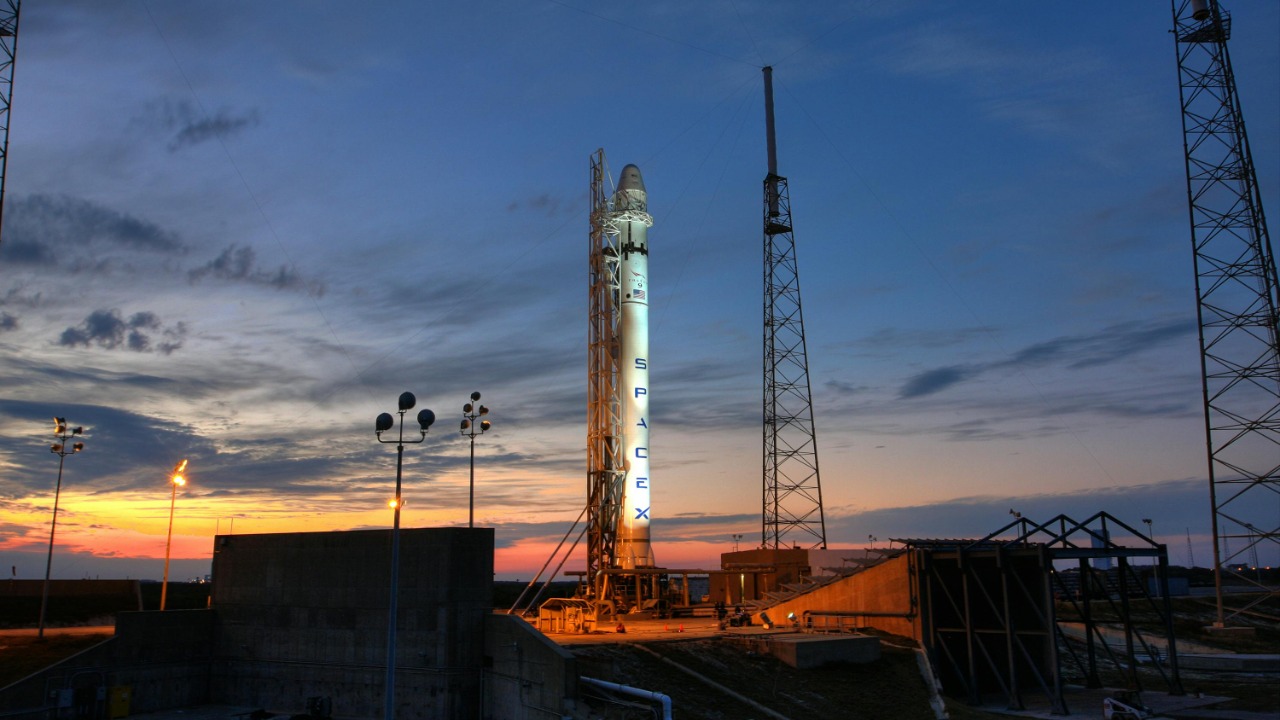
SpaceX has revolutionized space travel with its reusable rocket technology, but one component remains single-use: the second stage. While the first stage of Falcon 9 rockets is routinely recovered and reused, the second stage is not, raising questions about why this is the case and what challenges are involved in recovering it.
The Role of the Second Stage

The second stage of a rocket plays a crucial role in space missions, acting as the final boost needed to deliver payloads into orbit. Unlike the first stage, which primarily provides the initial thrust to escape Earth’s atmosphere, the second stage is responsible for the precision and accuracy required to place satellites, cargo, or crew into their designated orbits. Its design is inherently different from the first stage, focusing on reducing weight to allow for maximum payload capacity. This focus on weight reduction means it lacks the robust landing gear and heavy-duty heat shielding found on the first stage.
Technically, the second stage is a marvel of engineering, constructed from lightweight aluminum-lithium alloys and powered by a single Merlin Vacuum engine. This engine is optimized for high efficiency in the vacuum of space, but these materials and designs are not conducive to recovery. The absence of landing legs, grid fins, and other recovery apparatus further complicates any attempt to reuse this part of the rocket. These design priorities make it challenging to envision a feasible recovery strategy without a significant redesign, which could compromise its primary function of delivering payloads.
Challenges in Recovering the Second Stage
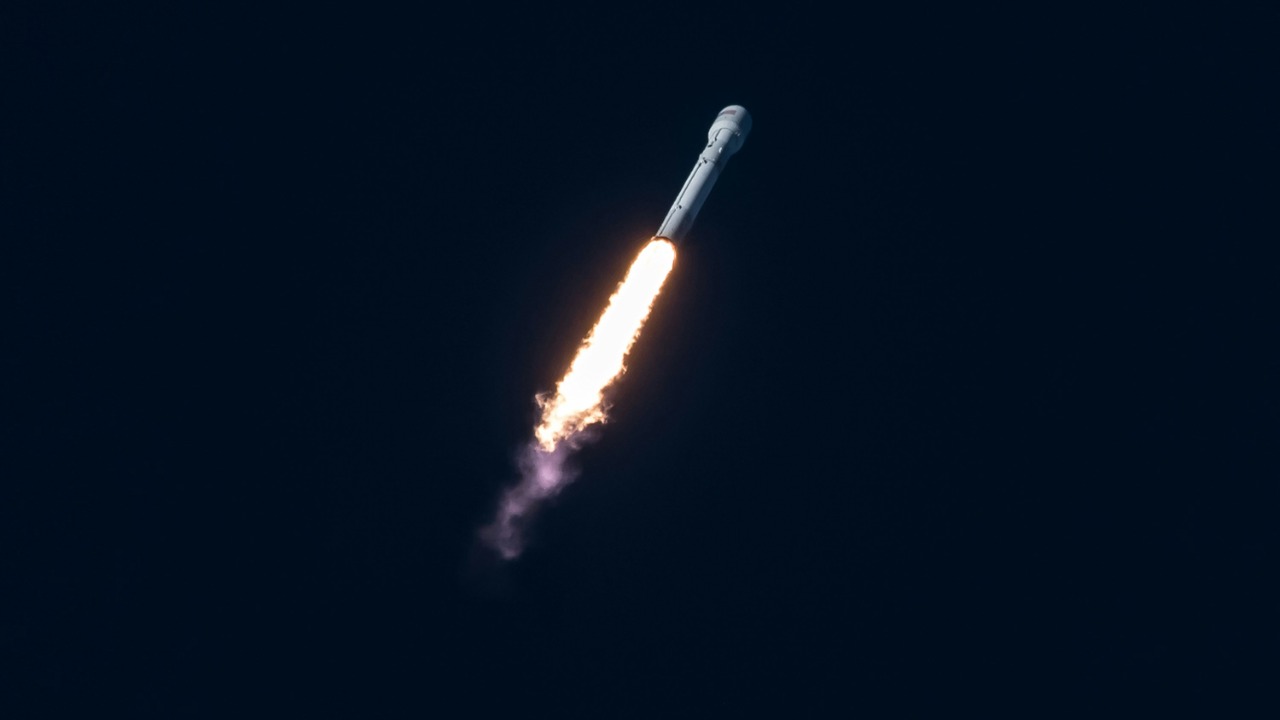
The engineering hurdles involved in recovering the second stage are significant. One major challenge is developing thermal protection systems capable of withstanding the intense heat and pressure of re-entry into Earth’s atmosphere. The re-entry process subjects the second stage to forces and temperatures that differ drastically from those encountered by the first stage. It would require advanced materials and engineering solutions to preserve the integrity of the second stage during this process.
From a financial perspective, the cost-benefit analysis of developing such technology is complex. The investment needed to design, test, and implement recovery systems for the second stage could be substantial. SpaceX, known for its cost-effective approaches to spaceflight, must weigh whether the potential savings from reusing second stages would justify the significant development costs. While the first stage recovery has proven economically beneficial, the second stage’s recovery presents a different set of challenges and costs that may not currently provide a return on investment.
Current SpaceX Strategies
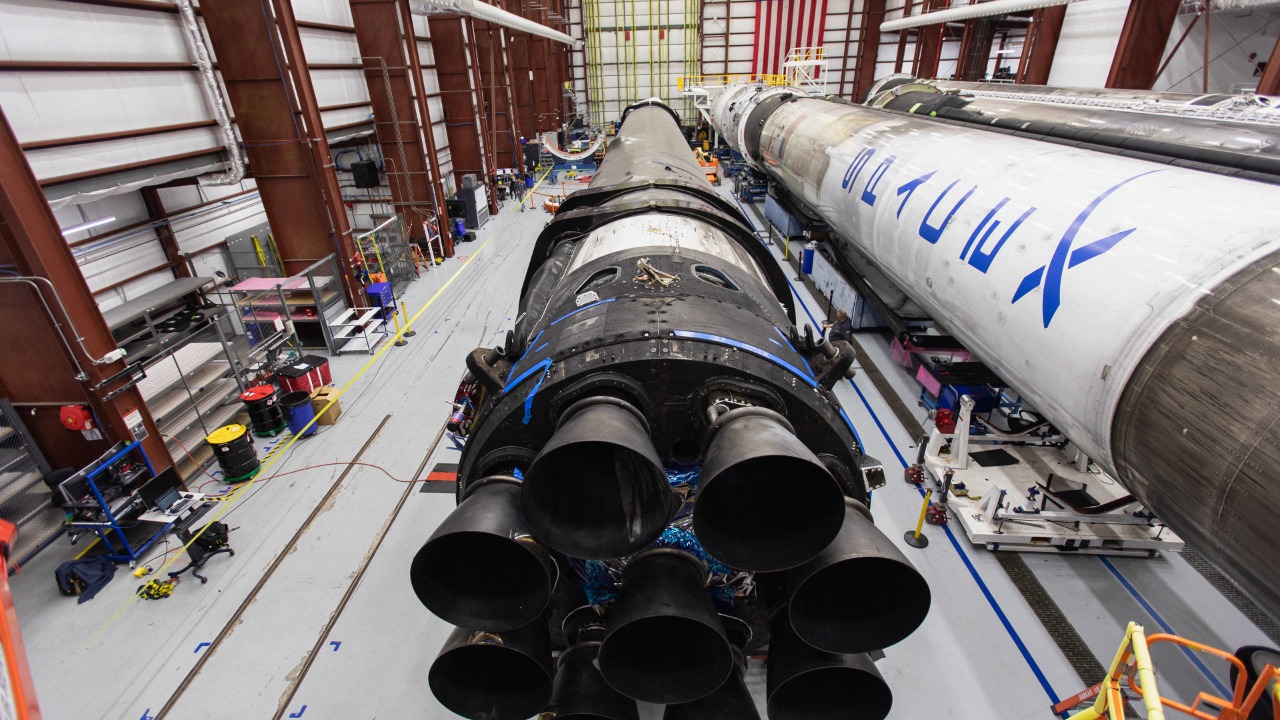
SpaceX has achieved remarkable success with its focus on first-stage recovery. The Falcon 9’s first stage, equipped with landing legs and grid fins, can autonomously return to a landing platform, either on land or at sea. This capability has allowed SpaceX to dramatically reduce launch costs, as seen in the numerous successful Falcon 9 and Falcon Heavy launches. By mastering this aspect of reusability, SpaceX has set a new standard in the aerospace industry.
Looking ahead, SpaceX is focusing on the development of the Starship, a fully reusable spacecraft that aims to overcome the limitations of Falcon 9’s second stage. Unlike the Falcon 9, the Starship is designed to be entirely reusable, including both its first and second stages. This ambitious project could make the current debate over second-stage recovery obsolete, as the Starship promises a new era of efficient and cost-effective space travel. However, the Starship development is still facing challenges, as evidenced by recent setbacks in its testing phases.
Future Prospects and Innovations
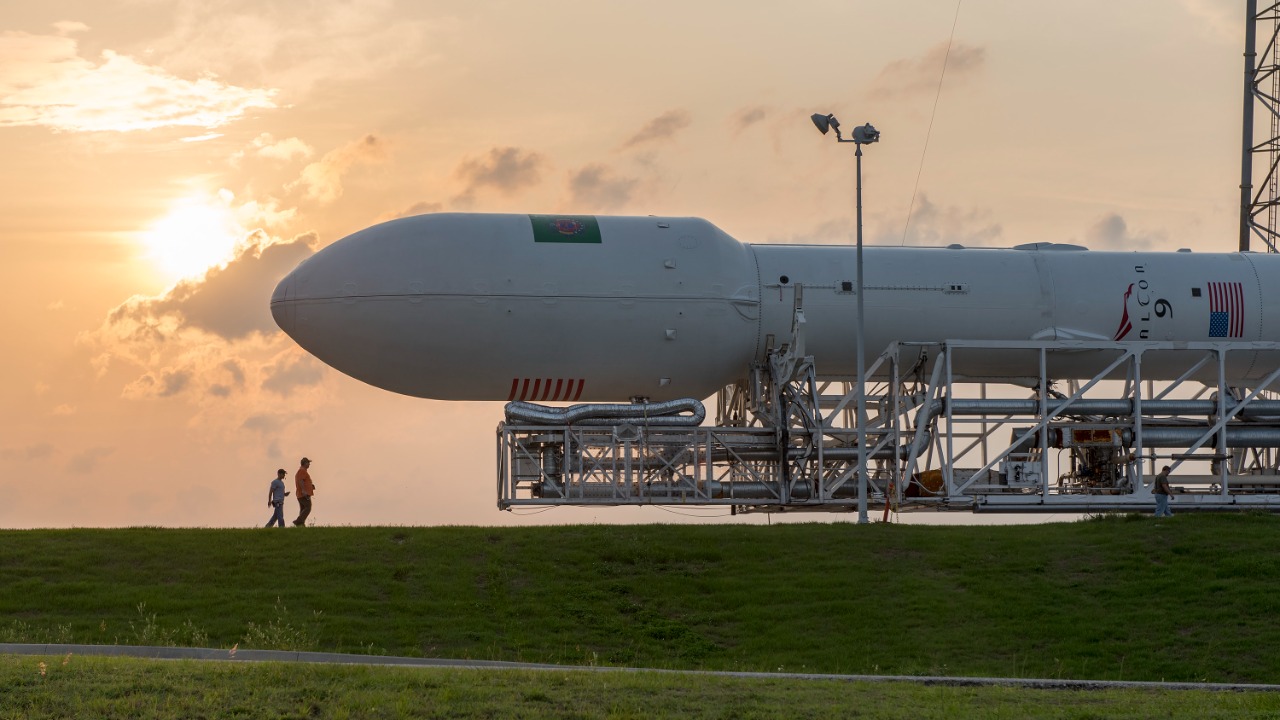
While SpaceX continues to explore new technologies, other organizations are also investing in research and development aimed at second-stage recovery. Innovations in propulsion systems, such as lighter engines with higher thrust efficiency, could eventually make recovery more feasible. Additionally, advancements in materials science, such as the development of ultra-lightweight yet durable heat shield materials, might offer solutions to the current challenges.
Speculating on future technological advances, one could envision a second stage equipped with advanced propulsion systems, capable of controlled re-entry and landing. Such technology would require breakthroughs in several areas, including aerodynamics, materials, and autonomous navigation. As these technologies evolve, they may open up new possibilities for second-stage recovery, potentially making it an economically viable option for space missions.
Community and Industry Perspectives
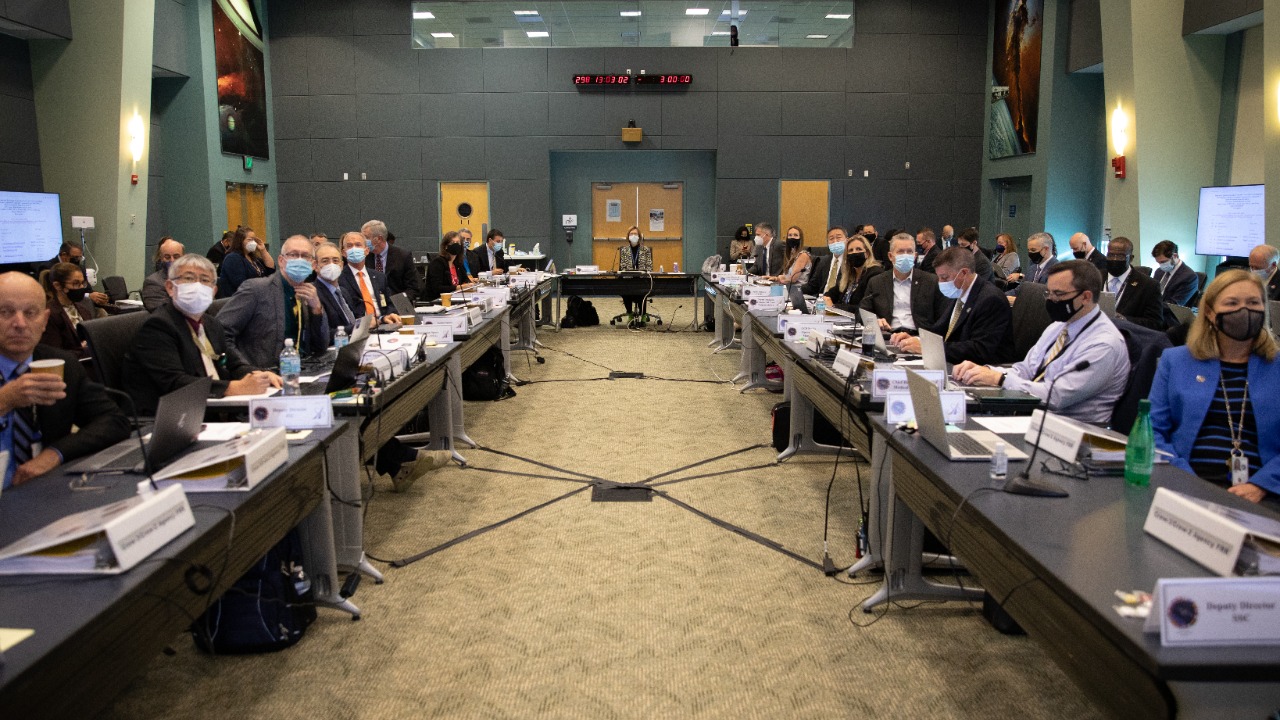
Within the aerospace community, opinions on second-stage recovery vary. Experts recognize the technical challenges and financial implications, yet some remain optimistic about future possibilities. Industry analysts often point to SpaceX’s track record of innovation and success as a reason to believe in their potential to overcome existing hurdles. Many experts also highlight the importance of continued research and collaboration across the industry to achieve breakthroughs in this area.
Among space enthusiasts, the topic of second-stage recovery generates significant interest and speculation. Discussions on platforms like Reddit reveal a community eager to see advancements in space travel technology. The public’s interest in space exploration drives a broader conversation about the future of reusable rockets and the possibilities they unlock for human spaceflight. As companies like SpaceX continue to push the boundaries, the dream of a fully reusable launch system remains a compelling vision for the future.